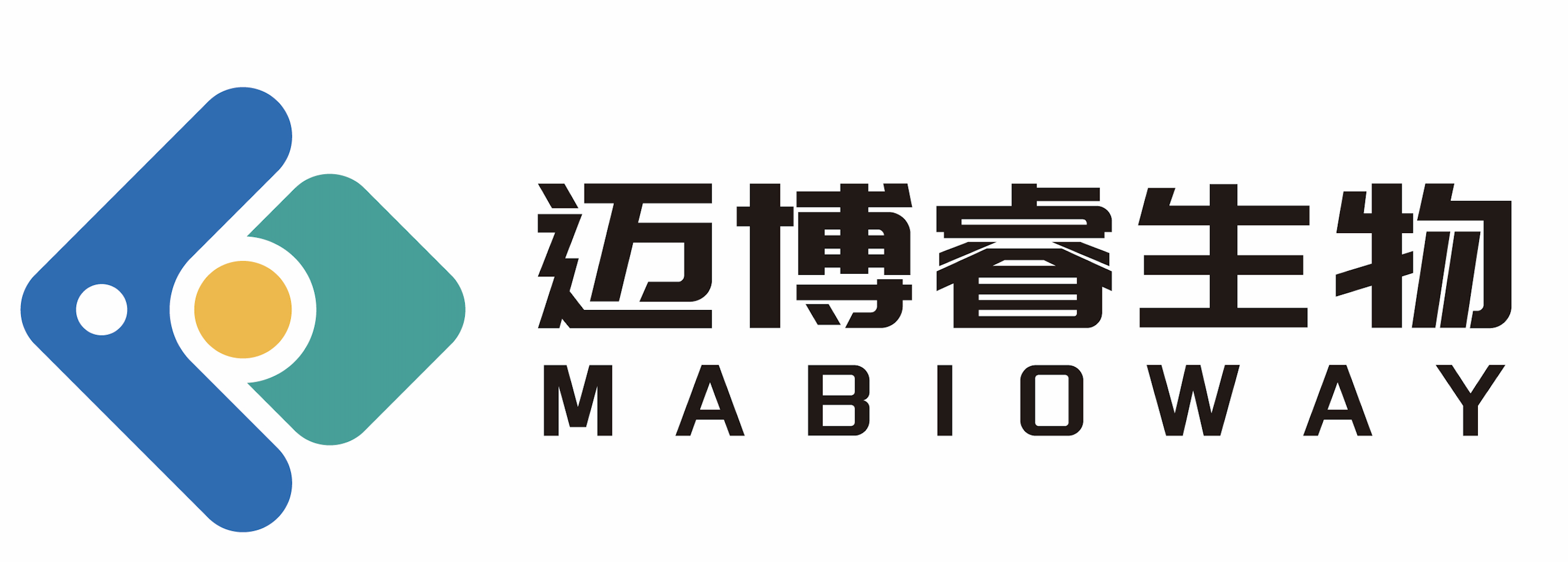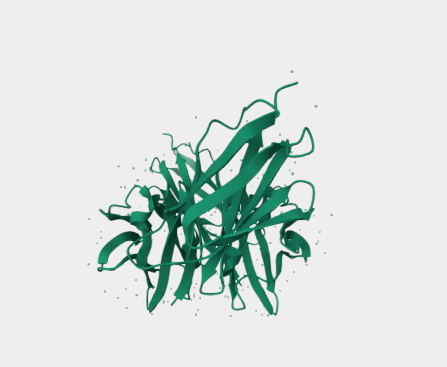Key features and details | |
Cat. No. | MABL-929 |
Name | Anti-CD4 mAbs |
Clone No. | AFD- OKT4A |
From | Recombinant Antibody |
Isotype | Engineer antibody |
Application | functional assay, treatment, FC, IF, IHC |
Species Reactivity | Human |
Basic Information | |
Specificity | This antibody binds a polymorphic OKT4 epitope on the CD4 molecule. The polymorphism results due to a cytosine-to-thymidine transition occurring at nucleotide position 868, which causes a tryptophan residue to be replaced with an arginine residue at position 240. Persons lacking reactivity with anti-CD4 antibody OKT4 are reactive with OKT4A as well as other mAb specific for CD4. This polymorphic epitope of OKT4 is found in white, black, and Japanese populations. CD4 is an integral membrane glycoprotein that plays an essential role in the immune response and serves multiple functions in responses against both external and internal offenses. In T-cells, it functions primarily as a coreceptor for MHC class II molecule |
Alternative Name | T-cell surface glycoprotein CD4; T-cell surface antigen T4/Leu-3 |
UniProt | P01730 |
Immunogen | This antibody was raised by immunizing mice with human thymocytes. |
Application Notes | This antibody was used for flow cytometry on human peripheral blood mononuclear cells (Bach et al, 1981; pmid:6790623). This antibody was used in a complement- (C) mediated lysis of T cells (Bach et al, 1981; pmid:6790623). A humanized version of this antibody was used for flow cytometry on Human PBM. This was to test the binding affinity of the newly humanized antibody (Pulito et al, 1996; pmid:8609403). Regions of adult human brain tissue were obtained from a 31-year-old man at autopsy was infected with HIV and then immunostained with this antibody (Jordan et al ,1990; pmid:1702842). The effect of this antibody on immunosuppression in transplant patients was tested. The experiment was preformed in cynomolgus monkeys (Mourad et al, 1998; pmid:9521196). Immunoperoxidase was preformed with this antibody on frozen sections of lymph nodes and sequentially obtained allograft biopsies. The tissues used were obtained from cynomolgus monkeys (Mourad et al, 1998; pmid:9521196). The infection of HIV-1 was determined after binding to this antibody (Zeira et al, 1991; pmid:2034680). MT-4, U-937, and PBL cells were immunostained with this antibody (Schols et al, 1988; pmid:2566170). This antibody was used for treatment of chronic plaque psoriasis (Gottlieb et al, 2000; pmid:11004613). |
Antibody First Published | Bach et al. UNUSUAL PHENOTYPES OF HUMAN INDUCER T CELLS AS MEASURED BY OKT4 AND RELATED MONOCLONAL ANTIBODIES J Immunol. 1981 Sep;127(3):980-2. PMID:6790623 |
Note on publication | OKT4, a murine monoclonal antibody, was previously shown to react with inducer/helper T cells in man. We now report the absence of this reactivity in 2 subjects of African ancestry and the production of4 new monoclonal antibodies (OKT4A-D) that detect distinct antigens on human inducer/helper T cells. |
COA Information (For reference only, actual COA shall prevail) | |
Size | 100 μg Purified antibody. |
Concentration | 1 mg/ml. |
Purification | Protein A affinity purified |
Buffer | PBS with 0.02% Proclin 300. |
Concentration | 1 mg/ml. |
Storage Recommendation | Store at 4⁰C for up to 3 months. For longer storage, aliquot and store at - 20⁰C. |



